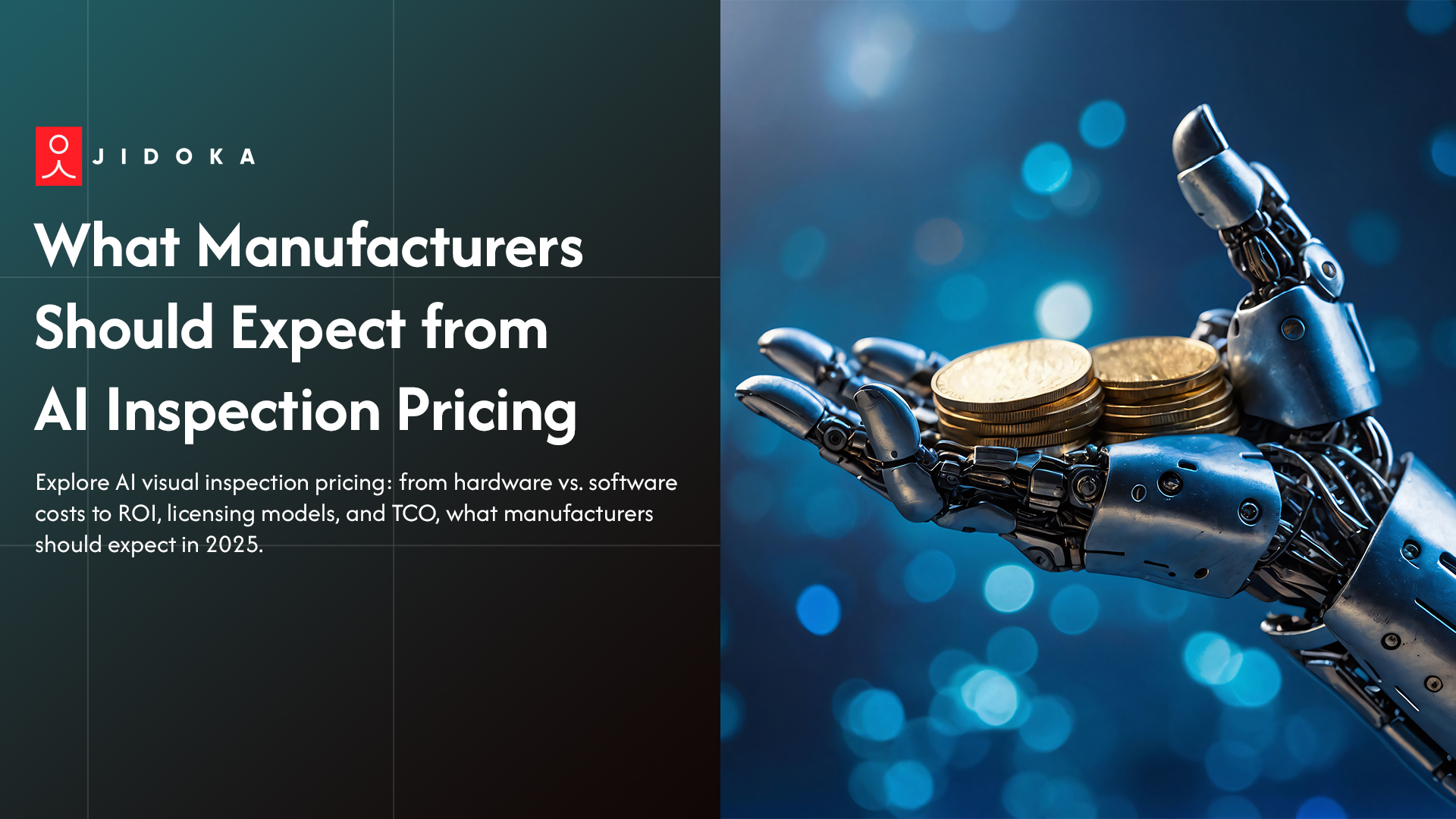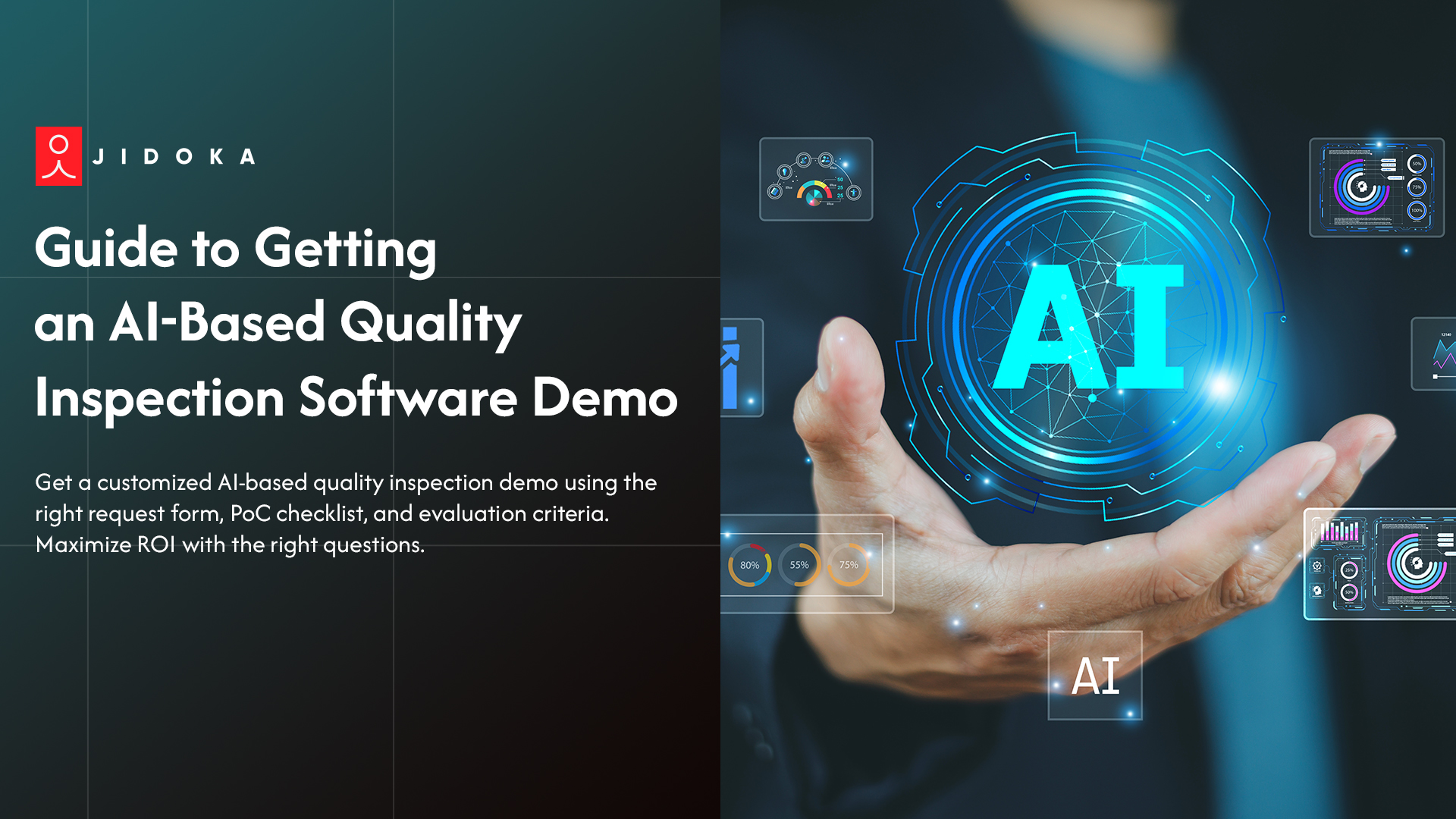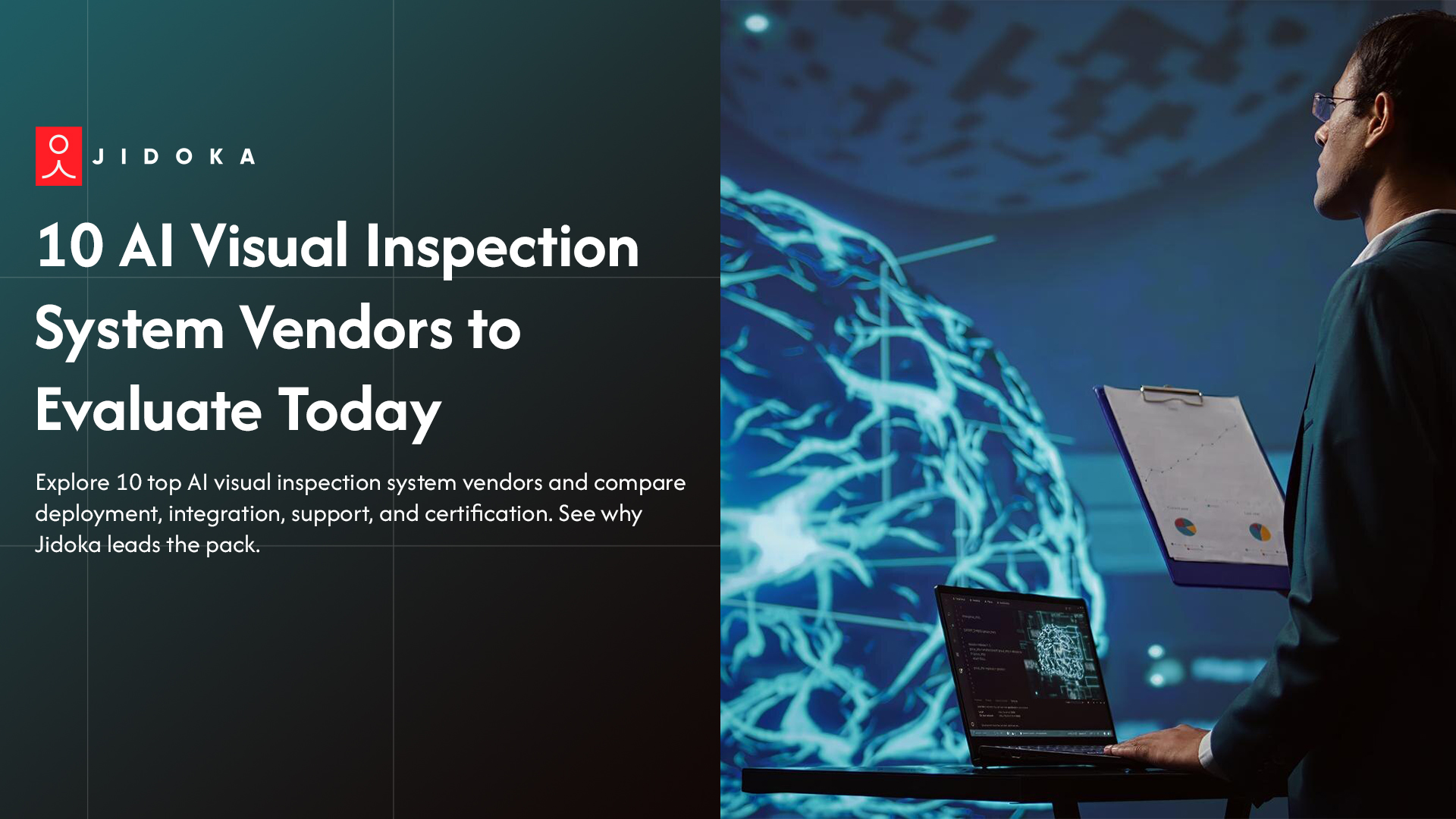U.S. manufacturing needs more than just a "smart camera" in a box. The real power comes from connection. This is the world of vision system integrations. The U.S. machine vision market is growing fast, projected at a 12%+ CAGR from 2025 to 2030.
This growth isn't just about better cameras. It’s about integrating AI in machine vision with the factory floor. Reports show over 60% of manufacturers see robotic vision integration as necessary for flexible factory automation.
But how do you make a camera, a robot, and a PLC speak the same language?
This guide covers the essentials for good vision system integrations, from the PLC vision interface to building systems that stop the line when a defect occurs, a concept called Jidoka.
What Are Vision System Integrations (And Why Is It 90% of the Project)?
Buying a high-resolution camera is the easy part. The integration is the complex, high-value work of making that camera a functional part of your production line. This work is what defines successful vision system integrations.
It's the difference between a "cool tech demo" and a "reliable manufacturing process." A standalone camera can find a defect, but an integrated system can act on it in real-time. This is where a machine vision integrator adds value.
The Three Core Pillars of Integration
True vision system integrations stand on three pillars.
- Mechanical Integration: This means physically mounting the camera, lights, and optics. It involves custom brackets, IP67-rated enclosures, and making sure the setup is rigid. It must be safe from machine vibration and common vision system failures.
- Electrical Integration: This is about powering the machine vision components and wiring the I/O. It includes connecting triggers from sensors and sending "Pass/Fail" signals to rejection gates.
Data & Controls Integration: This is the digital "handshake." Good vision system integrations depend on this. It’s how the vision system shares what it sees with your factory automation setup, often using a PLC vision interface.
That data connection, the PLC vision interface, is the brain of the entire operation. Let's look at that next.
The "Brain": Mastering the PLC Vision Interface
Your PLC (Programmable Logic Controller) is the traffic cop of the production line. The PLC vision interface is the communication channel it uses to command the vision system and receive its data. Without a robust PLC vision interface, your line stops. This communication is a core part of all successful vision system integrations.
1. Choosing Your Language: Common Communication Protocols
The protocol you use is the single most important choice for your PLC vision interface. These are the industrial communication protocols that let your devices talk.
- EtherNet/IP (EIP): This is the dominant standard in the U.S., especially for Rockwell/Allen-Bradley PLCs. It's fast, robust, and allows for large data packets.
- PROFINET: This is the high-speed standard for Siemens PLCs. You will see it in many European-designed plants.
- Modbus TCP: This is an older, simple protocol. It works well for basic "Pass/Fail" signals but is less ideal for complex vision system integrations.
2. Data vs. I/O: What Are You Sending?
- Discrete I/O: This is the "dumb" method. A simple "On/Off" signal over a wire. (e.g., "Pin 1 HIGH = Pass," "Pin 2 HIGH = Fail").
- Data Messaging: This is the "smart" method. The vision system sends a full data string to the PLC, such as: "Part_OK, X=150.2, Y=301.5, R=90.1". This rich data from your vision system integrations is essential for robotic vision integration.
Now that the "brain" is sending smart data, let's look at how the "muscle" uses it.
The "Muscle": Best Practices for Robotic Vision Integration
This is where automation gets flexible. Robotic vision integration gives your robot "eyes." This allows it to pick parts from a random bin or guide a component with sub-millimeter precision.
For vision-guided robotics, the setup is everything. Good vision system integrations here make a huge difference.
1. The "Eye-in-Hand" vs. "Eye-to-Hand" Decision
You have two main choices for camera placement in your vision system integrations.
A) Eye-in-Hand: The camera is mounted on the robot's wrist.
- Pros: It can get close-up views from multiple angles. It's great for inspecting a part after the robot picks it up.
- Cons: The camera is subject to vibration and potential cable wear. It also means slower cycle times, as the robot has to stop to take a picture.
B) Eye-to-Hand: The camera is mounted in a fixed position, looking down on the robot's workspace.
- Pros: This setup is very fast and stable. The robot can move to pick Part A while the camera finds Part B.
Cons: The robot's own arm can block the camera's view (this is called occlusion).
2. The Calibration "Hand-Eye" Nightmare
The biggest challenge in robotic vision integration is calibration. This is where many vision system integrations fail. You must teach the camera's 2D pixel coordinates to the robot's 3D world coordinates. A bad calibration is one of the most common vision system failures and is why a robot will "miss" the part by 5mm.
Here’s what's involved:
- Creating a "Handshake": You must create a precise mathematical link between the camera's pixels (e.g., "pixel 800, 600") and the robot's world space (e.g., "X, Y, Z").
- Managing Data: This data handshake often relies on the PLC vision interface to manage the coordinate exchange.
- Aiming for Perfection: Flawless vision system integrations depend on getting this calibration perfect.
This process of finding and acting on parts isn't just for picking. It's also the key to preventing bad parts from ever leaving your line.
How Jidoka Can Help Prevent Failures
Jidoka Technologies is an industrial automation company that provides autonomous AI vision solutions. Their business model is built on providing complete, integrated systems (not just software) that solve quality control and process optimization challenges.
Here is how it works:
- Detect: The camera automatically spots a critical defect, like a missing seal.
- Stop: The PLC vision interface is programmed to immediately halt the line if it detects a serious problem.
- Alert: An "Andon" light tower flashes red, calling an operator.
- Prevent: The operator doesn't just restart. They investigate the root cause (e.g., the capper is misaligned) and fix the process.
We have built this exact logic into 100+ Successful Implementations for 48+ Trusted Customers Worldwide. This is how vision system integrations move you from just finding defects to preventing them.
Want to see how Jidoka can be built into your line? Let's talk.
Conclusion: Stop Finding Defects, Start Preventing Them
Successful vision system integrations are less about the camera brand and more about the quality of the connection. The real work is in engineering.
A machine vision integrator must solve complex lighting problems, vibration, and bad calibrations for robotic vision integration. The PLC vision interface must be fast and reliable.
You face constant, unexplained line stoppages. Worse, you ship bad parts to your customers, leading to returns and damaged trust. Your expensive vision-guided robotics system misses picks, slowing down the entire line. You end up with a system that finds defects but is too slow or unreliable to do anything about them.
Let's connect with Jidoka today to move from defect detection to defect prevention.
FAQs
1. What is the difference between a vision system and a vision sensor?
A vision sensor is a compact unit, often called a smart camera, that gives a simple "Pass/Fail" signal. A full vision system integration is more powerful. It uses a separate controller for complex AI in machine vision and sends rich data, like 3D coordinates, over the PLC vision interface.
2. What's the biggest mistake in vision system integrations?
The biggest mistake leading to common vision system failures is uncontrolled lighting. Inconsistent light causes misreads and false rejects. A professional machine vision integrator solves this by building robust enclosures and using strobed LED lights to ensure stable conditions for factory automation.
3. What is a "vision system integrator" and why do I need one?
An integrator is the engineering partner who handles the full scope of vision system integrations. You need one because they master the physics (optics, lighting) and the data handshake, creating a reliable PLC vision interface and flawless robotic vision integration unique to your product.
4. Does the vision system need to be the same brand as my PLC?
No, the brands do not have to match. Any modern vision system integration can connect to any modern PLC (like Rockwell or Siemens) using standard industrial communication protocols such as EtherNet/IP or PROFINET. Compatibility is built into the protocol.
5. What is "Eye-in-Hand" robotic vision integration best for?
"Eye-in-Hand" robotic vision integration is best for high-precision, flexible tasks in vision-guided robotics. It mounts the camera on the robot's wrist to get close-up views. This allows the robot to inspect multiple sides or guide a tool into a complex assembly with sub-millimeter accuracy.
%20Vision%20System%20Integrations_%20Everything%20You%20Need%20To%20Know.jpg)







